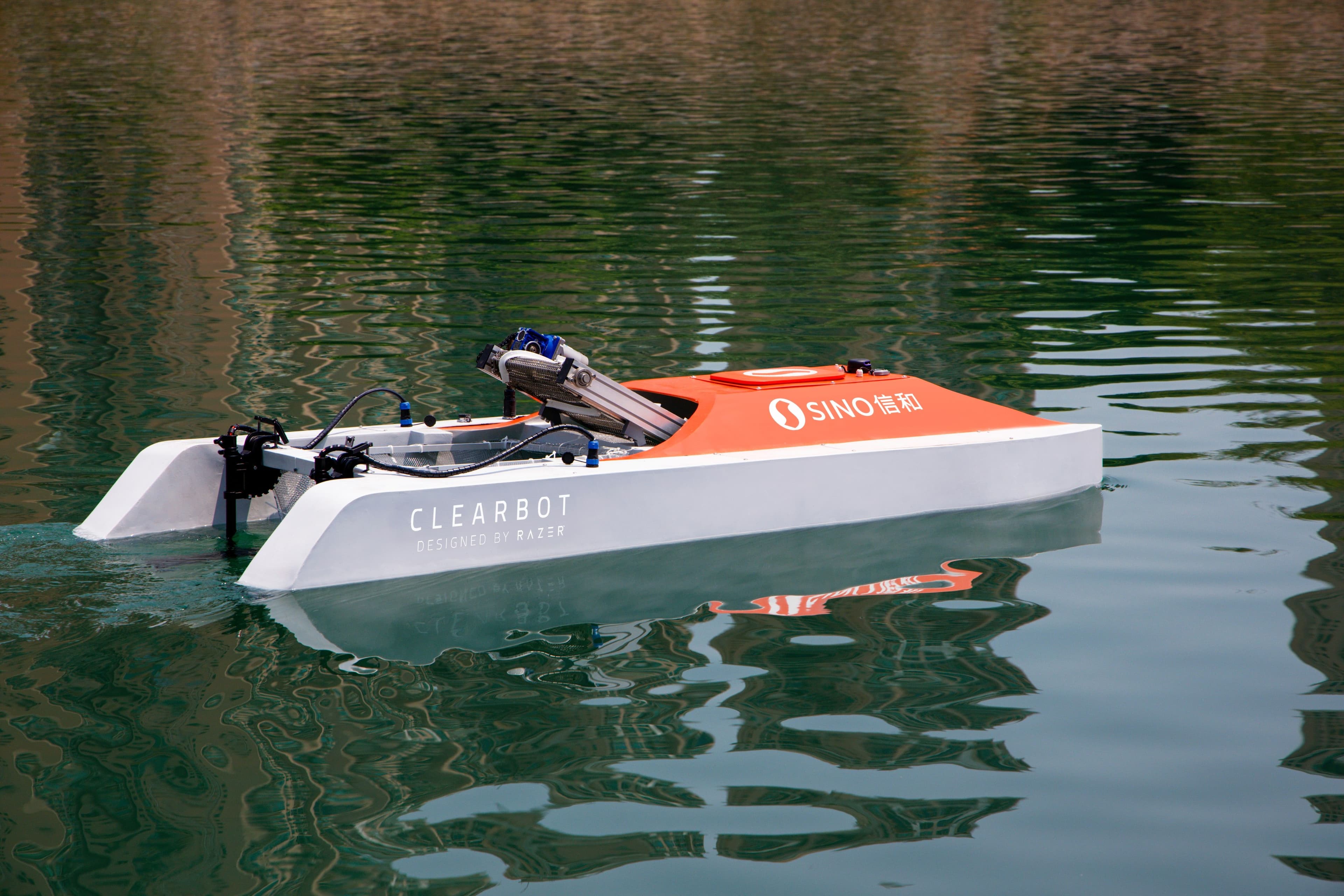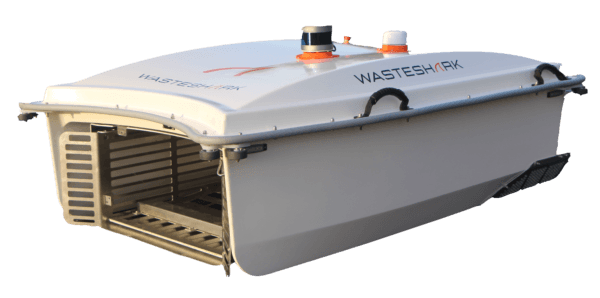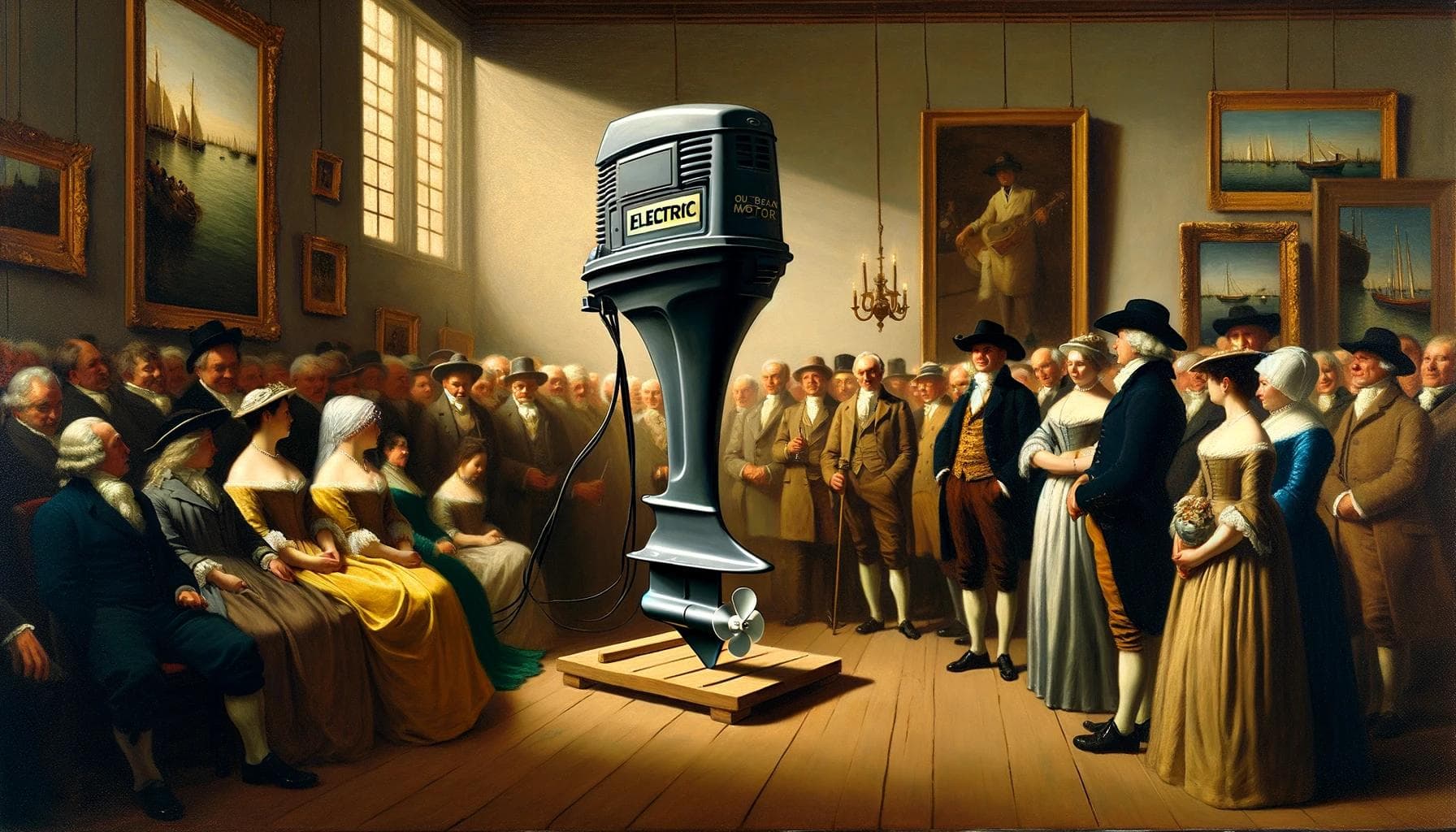Key Takeaways:
- Autonomous boats collect ocean trash efficiently with AI and battery power
- Smart vessels gather real-time data for proactive pollution control
- Built sustainably, these boats support long-term environmental goals


Around the world, a small but mighty fleet of battery-powered, autonomous boats is cleaning up waterways—and they're not stopping at just trash collection. These sleek machines tackle everything from water quality checks to hauling away dead fish from red tide blooms. Let's take a look at some of these cleanup trailblazers.

The story of Clearbot began when its creators, Sidhant Gupta and Utkarsh Goel, saw the harsh reality of trash in Indian rivers and Bali's beaches, where surfers would haul garbage from the water. That firsthand experience sparked Clearbot's mission to bring accessible, high-impact cleanup tools to communities worldwide.
In India, they trained a local villager to pilot a Clearbot boat with a simple remote, helping him clear 80 kg of trash per hour. "We designed it to be as intuitive as a remote-control device but with real-world impact," says Samyuktha Sriram, Head of Business Development. Clearbot operates in Hong Kong, India, and Thailand today, with upgraded models that hold up to 1.5 tons of trash and run on self-charging solar power.
These boats avoid obstacles using in-house tech and classify the trash they gather with onboard cameras and AI, giving local authorities data to guide cleanup efforts.

Clean Earth Rovers tackle red tide hazards and offer attachments for oil cleanup. Founder Michael Arens emphasizes that their versatile tech isn't just about collecting trash; it's about partnering with communities to keep marinas sustainable and safe. "We aim to leave a legacy of sustainability," he says.
In Florida, their rovers handle the massive cleanup from red tides—without putting people at risk. A simple two-prong plug allows users to switch attachments whether they need to clean up oil spills or collect dead fish.

Watching a boat crew scoop trash with a pool net inspired RanMarine founder Richard Hardiman to create something better. Based in Rotterdam, RanMarine's trash-collecting boats have become a go-to solution for Disney World, the Hudson River Park, and ports worldwide.

RanMarine's boats can be controlled on board, from shore, or navigate autonomously with LiDAR-based collision avoidance. And they're not just for cleanup: real-time water quality data feeds into reports for local management, helping track pollution levels, trends, and hotspots. These boats allow communities, harbor authorities, and environmental agencies to proactively decide on cleaner waterways.
With over 90 vessels in cities from New York to Hong Kong, Water Witch is one of the longest-standing players in marine cleanup. They use up to 70% recycled aluminum for their boats, reducing carbon footprint and adding longevity. "Aluminum is lighter, lasts longer, and holds its value," says Director Jackie Caddick, making it an intelligent choice for vessels built to endure.
Powered by Torqeedo electric drives, Water Witch's boats help their clients aim for net-zero emissions. Their newest models include Marine AI's GUARDIAN Vision software, which uses object detection and predictive modeling to locate and track plastic hotspots. The goal? Stopping debris at its source—like rivers—before it ever reaches the ocean.
These companies aren't just cleaning up trash; they're using tech to push the boundaries of sustainability, protection, and pollution prevention. They're turning the tides on water pollution through a mix of electric propulsion, recycled materials, and advanced AI—one smart boat at a time.
